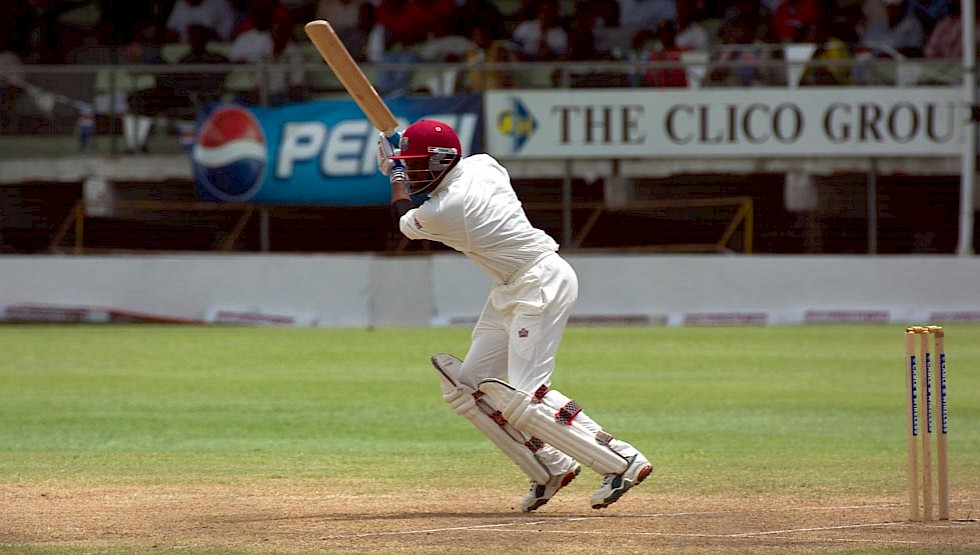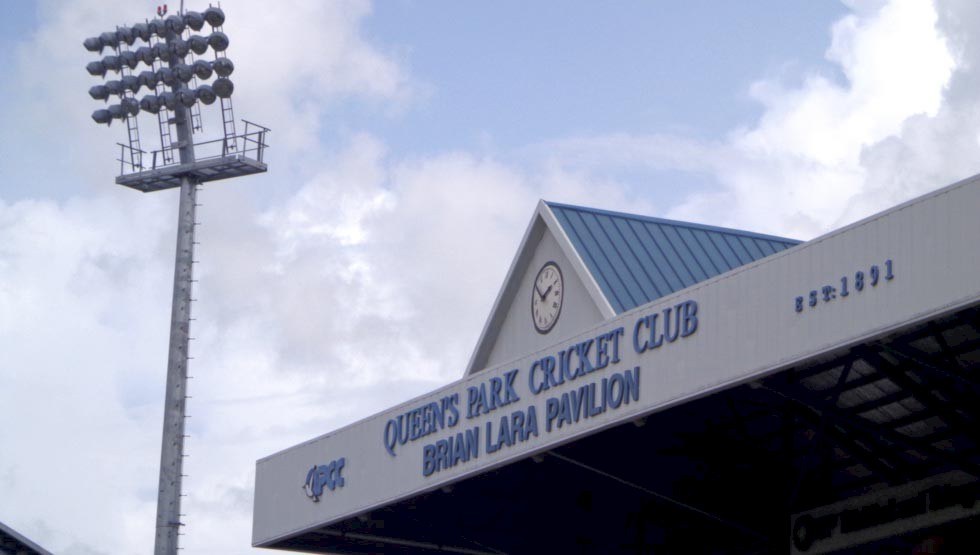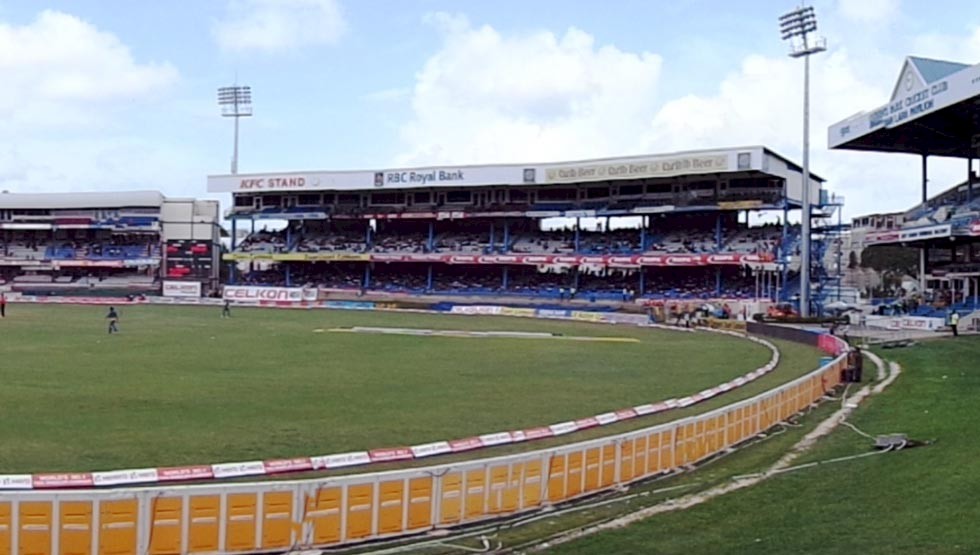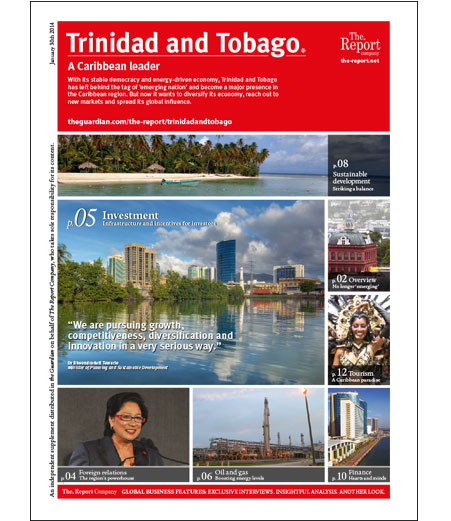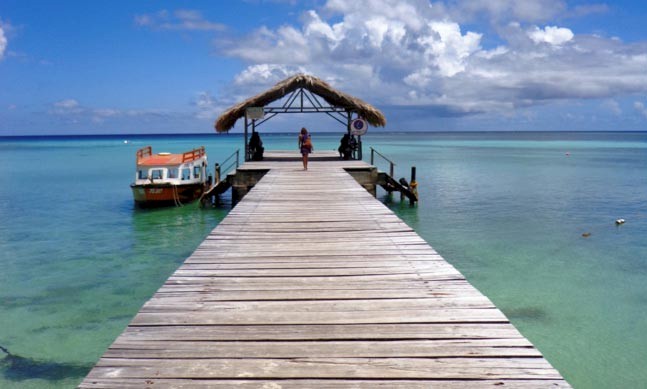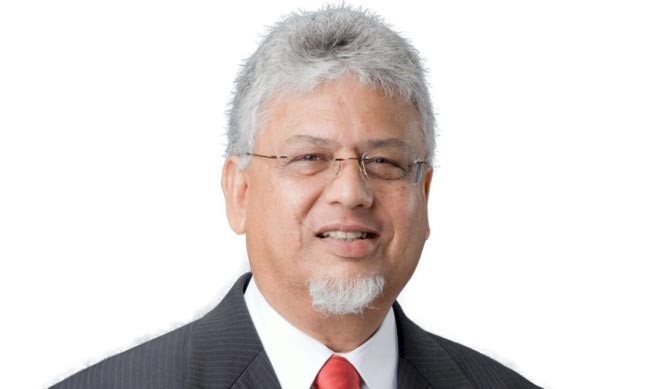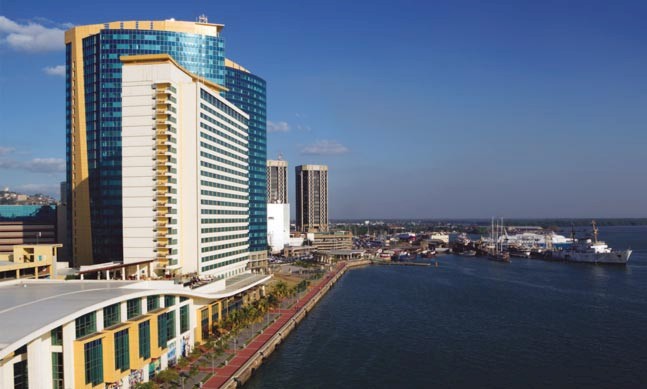Acknowledged as one of the finest cricketers of all time, Brian Lara represented the West Indies between 1990 and 2007, breaking numerous records along the way.
Known as the ‘Prince of Port of Spain’, Brian Charles Lara was born in Santa Cruz, Trinidad in 1969 and rose to become one of the all-time leading batsmen in world cricket. He holds the record for the highest individual innings in cricket, making 501 not out for Warwickshire in 1994. He also holds the record for the highest test innings score, making 400 not out against England in 2004 in Antigua.
“It’s important that people come and appreciate our island as a sports tourism opportunity.”Tweet This
He is the only batsman to have scored a century, double, triple, quadruple and quintuple centuries in first-class cricket over the course of his career and also holds the record for the most runs scored of a single over – 28 against South Africa in 2003. When he retired from international cricket in 2007 he asked the fans present during the game’s interview, “Did I entertain?” The crowds roared their approval.
Smashing records
501 runs
The highest individual score achieved in a match for Warwickshire in 1994
400 runs
The highest ever score in an international test match, vs. England in 2004
Timeline
1969
Born Brian Charles Lara in Santa Cruz, Trinidad
1990
Made his international test debut against Pakistan
1995
Named Leading Cricketer in the World for the second year in a row by Wisden magazine
2007
Announces his retirement from all international cricket
2012
Inducted to the ICC Hall of Fame


